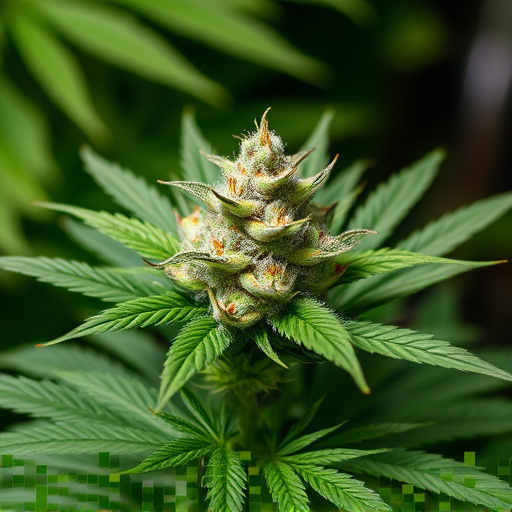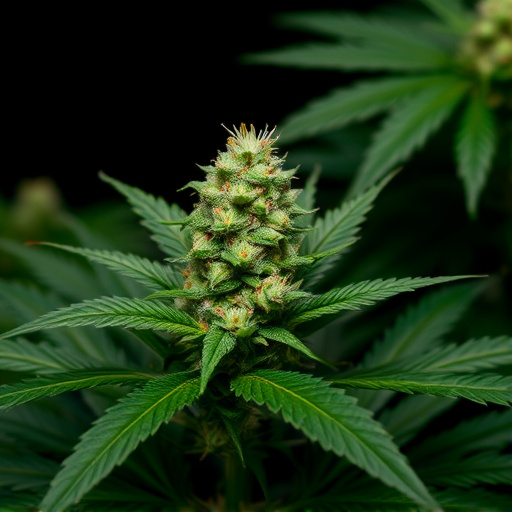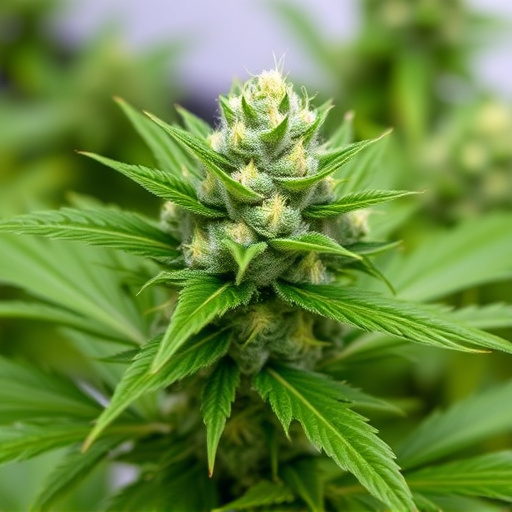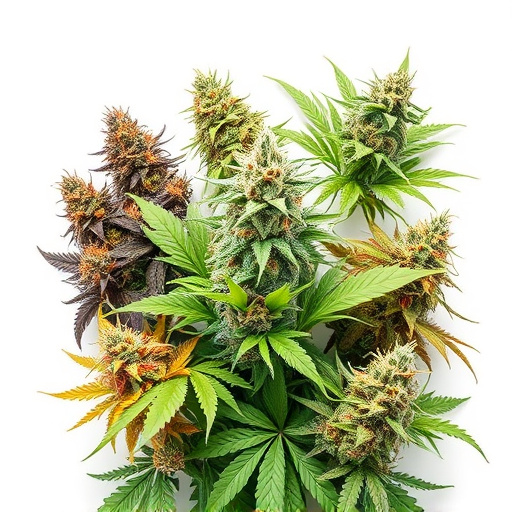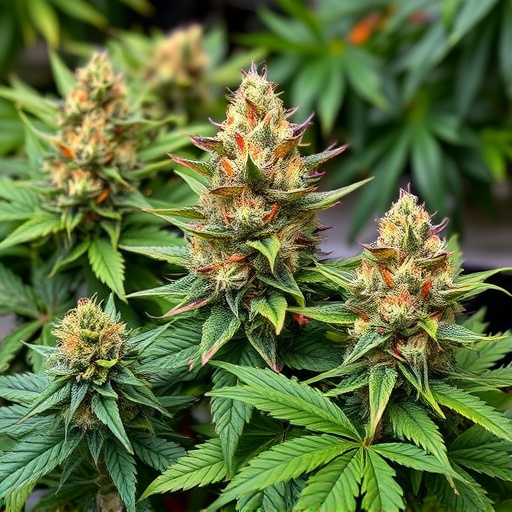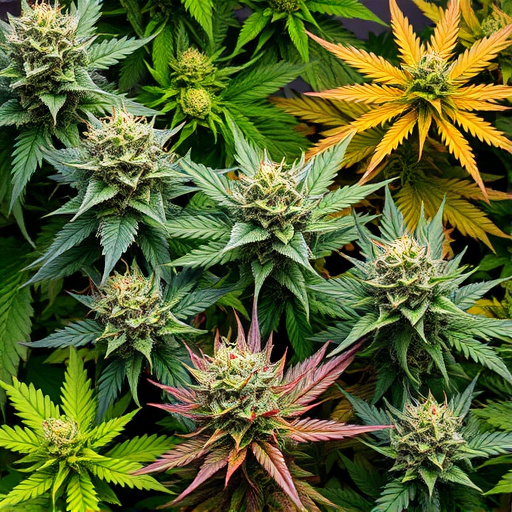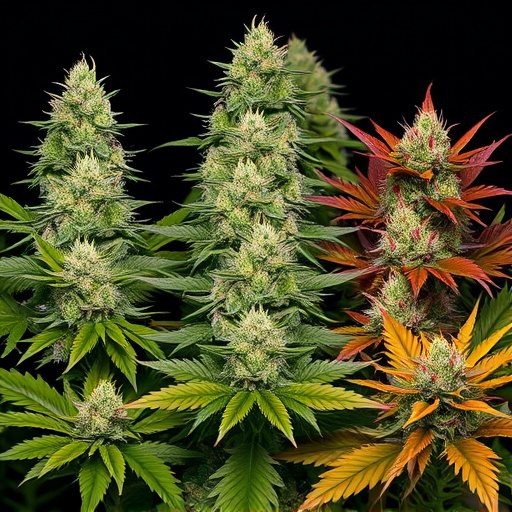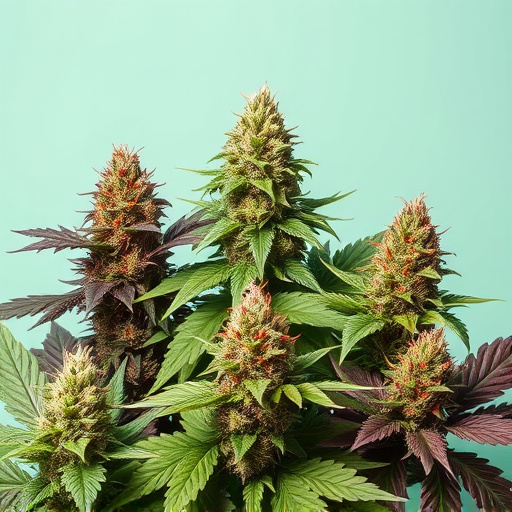The detection time of cannabinoids like THC and CBD in the body varies greatly due to the differing chemical compositions of different cannabis strains. THC, responsible for the psychoactive effect, is detectable in urine for 2-10 days but can last longer for heavy users or those with slower metabolisms. CBD, non-psychoactive yet still metabolized, has a longer half-life, usually staying detectable up to three weeks after consumption. Individual factors like metabolism, BMI, frequency of use, and consumption methods also influence detection periods. Different cannabis strains have varying windows due to genetic and chemical differences, with sativa having shorter periods than indica. Smoking may result in faster excretion compared to ingestion.
Discover how long cannabis flowers can stay detectable in your system. This comprehensive guide explores cannabis metabolism and elimination, factoring in influences like strain specifics. Different cannabis strains offer varying detection windows due to their unique cannabinoid profiles. Learn which elements extend or shorten cannabis’ presence in your body, empowering informed choices regarding usage and testing.
- Understanding Cannabis Metabolism and Eliminination
- Factors Influencing Cannabinoid Detection Time
- Different Cannabis Strains and Their Impact on Detection Windows
Understanding Cannabis Metabolism and Eliminination
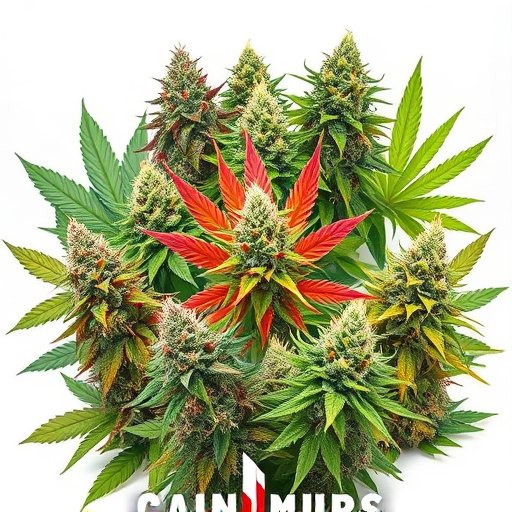
Cannabis metabolism and elimination are complex processes influenced by several factors, including the type or strain of cannabis used. Different cannabis strains vary in their chemical composition, particularly in the levels of THC (tetrahydrocannabinol) and CBD (cannabidiol). This diversity means that how long each strain stays in your system can differ significantly.
THC, the primary psychoactive compound responsible for cannabis’s “high,” is metabolized and eliminated from the body at varying rates. On average, THC can remain detectable in urine for 2-10 days after consumption, but this window can extend much longer for heavy users or individuals with slower metabolism. CBD, while not psychoactive, also undergoes metabolism, though it generally has a longer half-life than THC and is more slowly eliminated from the body, often remaining detectable for up to 3 weeks after consumption. Understanding these metabolic differences is crucial when considering factors like drug testing window periods and the impact of cannabis use on health and well-being.
Factors Influencing Cannabinoid Detection Time
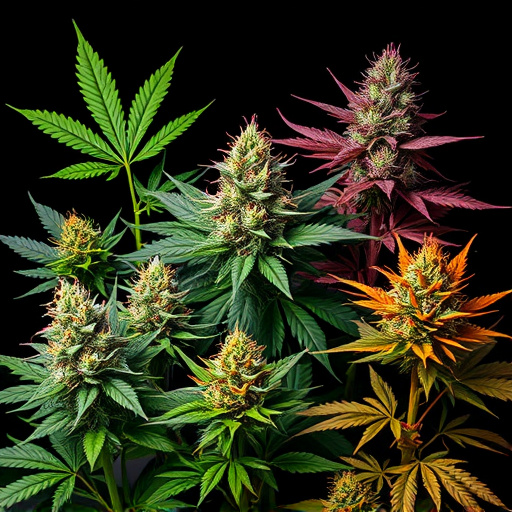
The detection time of cannabinoids in your system depends on various factors, including the type or strain of cannabis consumed and individual biological characteristics. Different cannabis strains vary significantly in their cannabinoid profiles—for instance, high THC (tetrahydrocannabinol) content versus balanced THC and CBD (cannabidiol) ratios—which can impact how long these compounds remain detectable.
Additionally, personal factors such as metabolism, body mass index (BMI), frequency of use, and the method of consumption all play a role in cannabinoid detection times. For example, cannabinoids are metabolized and eliminated from the body more slowly by individuals with slower metabolism or lower BMI. Regular users may also experience longer detection periods due to the development of tolerance and the buildup of metabolites in fat tissues.
Different Cannabis Strains and Their Impact on Detection Windows
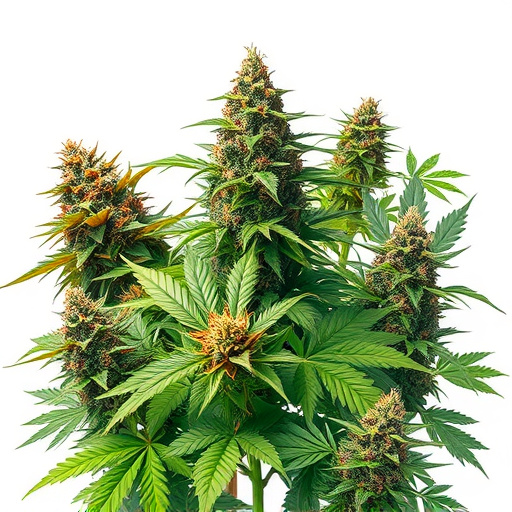
Different cannabis strains can significantly impact the detection window, or how long cannabis remains detectable in your system. Sativa strains, known for their invigorating and energizing effects, tend to have a shorter detection period compared to indica strains. Indica varieties, popular for their calming and sedative qualities, often result in a longer presence of THC (tetrahydrocannabinol), the primary psychoactive compound, in the body. This difference is primarily due to genetic variations and the specific chemical makeup of each strain.
For example, some sativa strains may show detectable levels of THC within 2-3 days of consumption, while indica hybrids could remain traceable for up to a week or more. It’s important to consider these variations when trying to determine how long cannabis will stay in your system. Additionally, factors like method of consumption (smoking versus ingestion), frequency of use, and individual metabolism also play a role in determining the length of detection.
Understanding how long cannabis flowers stay in your system involves knowing your body’s metabolism and the impact of various factors, including different cannabis strains. Each strain varies in THC content, which significantly influences detection times. While regular use can lead to longer retention, occasional use may result in shorter windows. Additionally, individual metabolism plays a crucial role, as some metabolize cannabinoids faster than others. By being aware of these variables, you can better manage the duration cannabis remains detectable in your system.
